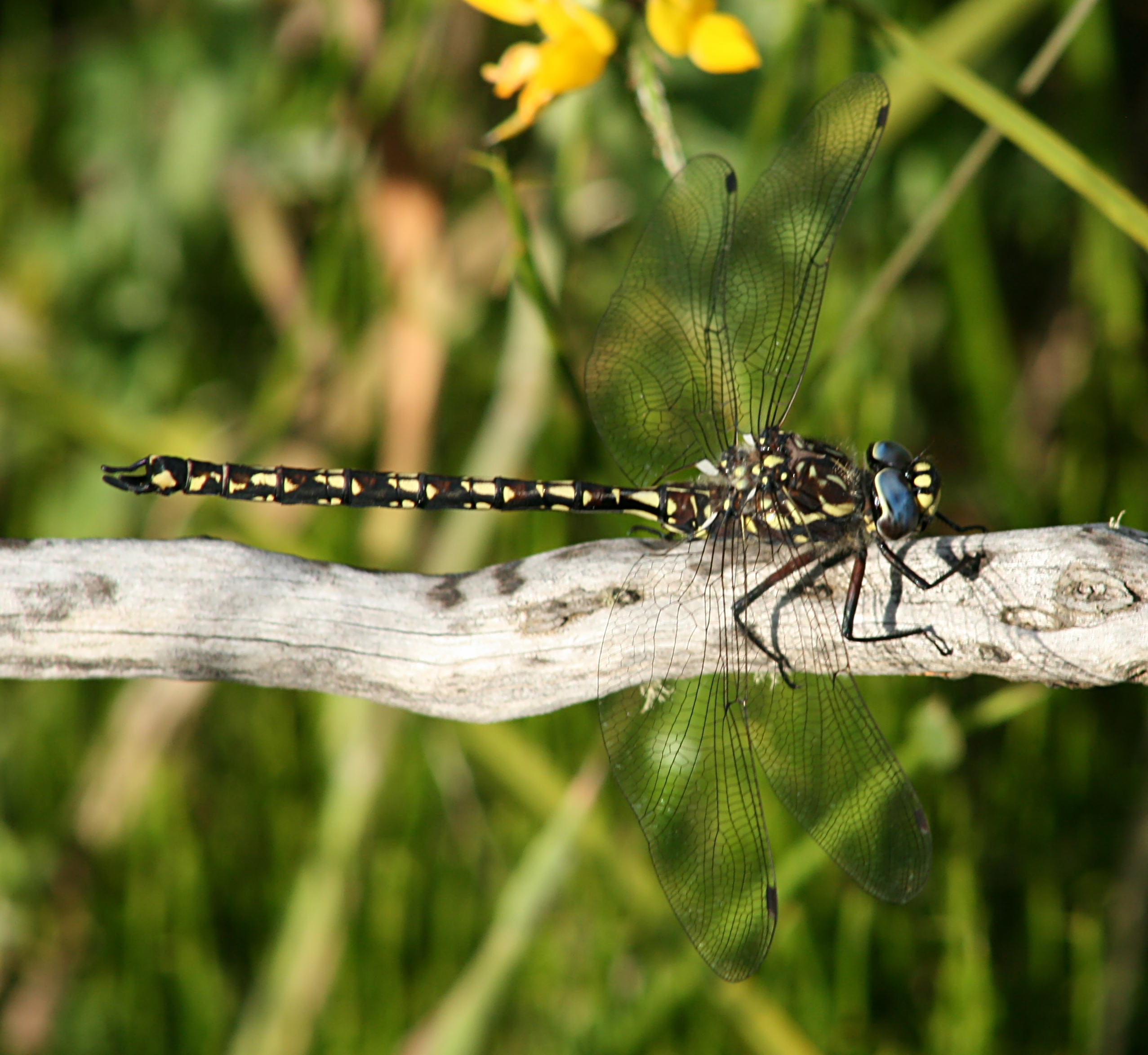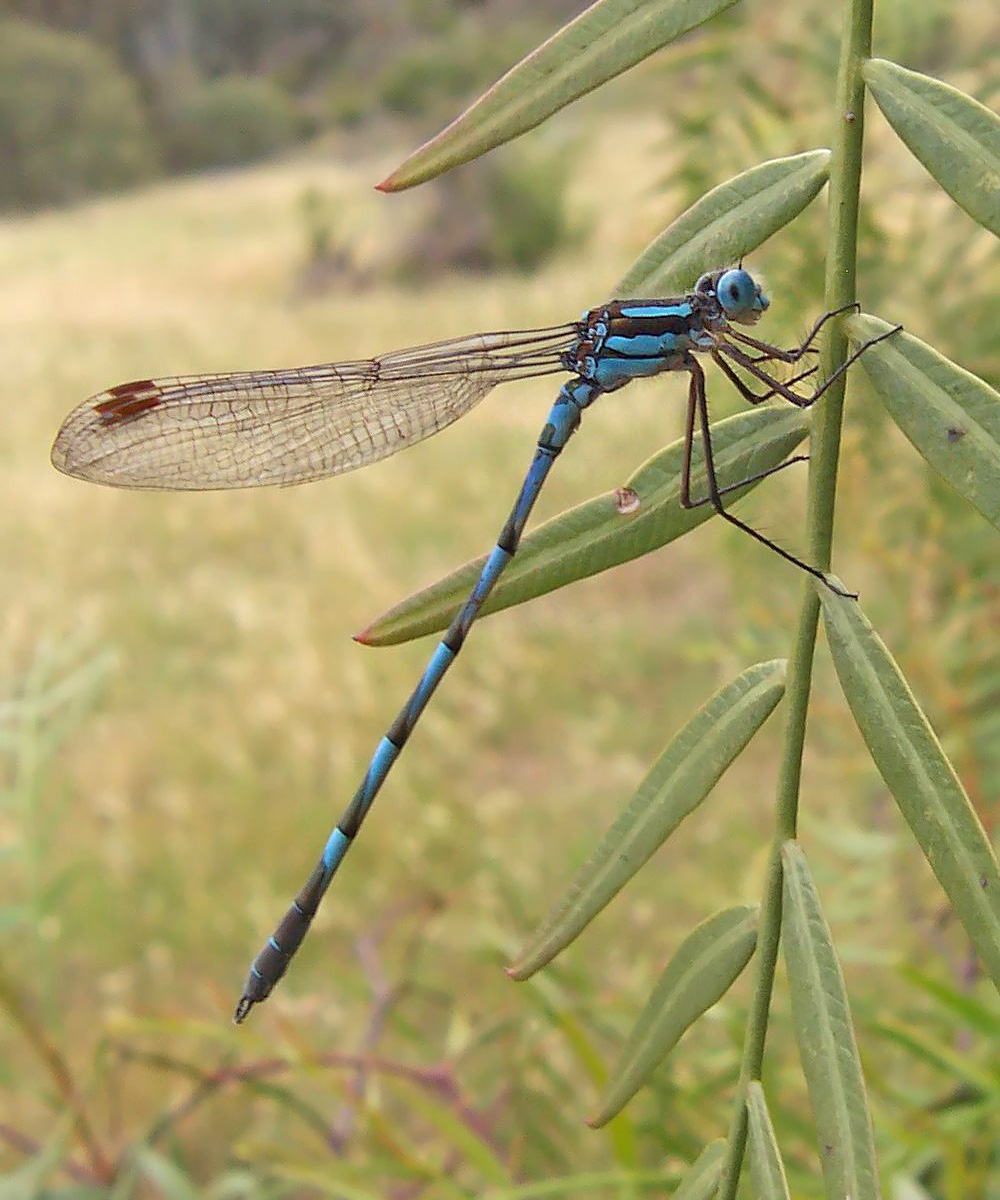|
Agyrtacantha Dirupta
''Agyrtacantha dirupta'' is a species of dragonfly in the family Aeshnidae, commonly known as the trifid duskhawker. It has been found from the Maluku Islands through Australia to the Pacific. ''Agyrtacantha dirupta'' is a large, dark dragonfly with green, brown and black colour variations. It inhabits still and brackish water. Adults are nomadic and fly at dusk. Gallery Agyrtacantha dirupta female wings (34921240491).jpg, Female wings See also * List of dragonflies of Australia This is a list of species of damselflies and dragonflies recorded in Australia. Common names of species are linked, beside their scientific names. The list is split into two groups: damselflies (suborder Zygoptera) and other dragonflies (infr ... References {{Taxonbar, from=Q1952299 Aeshnidae Odonata of Australia Odonata of Oceania Insects of Australia Insects of Indonesia Taxa named by Ferdinand Karsch Insects described in 1889 ... [...More Info...] [...Related Items...] OR: [Wikipedia] [Google] [Baidu] |
Ferdinand Karsch
Ferdinand Anton Franz Karsch or Karsch-Haack (2 September 1853, in Münster – 20 December 1936, in Berlin) was a German arachnologist, entomologist and anthropologist. The son of a doctor, Karsch was educated at the Friedrich Wilhelm University in Berlin and published a thesis on the gall wasp in 1877. From 1878 to 1921 he held the post of curator at the Museum für Naturkunde Berlin. Between 1873 and 1893, he published a catalogue of the spiders of Westphalia; he also published numerous articles on the specimens that the museum received from various explorers and naturalists working in Africa, in China, in Japan, in Australia, etc. This publication of others' work sometimes led to disputes over priority and nomenclature, for example with Pickard-Cambridge. Alongside his zoological activities, he published many works on sexuality and, in particular, homosexuality in both the animal kingdom and in so-called "primitive" peoples, including ''Das gleichgeschlechtliche Leben ... [...More Info...] [...Related Items...] OR: [Wikipedia] [Google] [Baidu] |
Biodiversity Heritage Library
The Biodiversity Heritage Library (BHL) is the world’s largest open access digital library for biodiversity literature and archives. BHL operates as worldwide consortiumof natural history, botanical, research, and national libraries working together to address this challenge by digitizing the natural history literature held in their collections and making it freely available for open access as part of a global “biodiversity community.” The BHL consortium works with the international taxonomic community, publishers, bioinformaticians, and information technology professionals to develotools and servicesto facilitate greater access, interoperability, and reuse of content and data. BHL provides a range of services, data exports, and APIs to allow users to download content, harvest source data files, and reuse materials for research purposes. Through taxonomic intelligence tools developed bGlobal Names Architecture BHL indexes the taxonomic names throughout the collection, allowing ... [...More Info...] [...Related Items...] OR: [Wikipedia] [Google] [Baidu] |
Dragonfly
A dragonfly is a flying insect belonging to the infraorder Anisoptera below the order Odonata. About 3,000 extant species of true dragonfly are known. Most are tropical, with fewer species in temperate regions. Loss of wetland habitat threatens dragonfly populations around the world. Adult dragonflies are characterized by a pair of large, multifaceted compound eyes, two pairs of strong, transparent wings, sometimes with coloured patches, and an elongated body. Many dragonflies have brilliant iridescent or metallic colours produced by structural colouration, making them conspicuous in flight. An adult dragonfly's compound eyes have nearly 24,000 ommatidia each. Dragonflies can be mistaken for the closely related damselflies, which make up the other odonatan infraorder ( Zygoptera) and are similar in body plan though usually lighter in build; however, the wings of most dragonflies are held flat and away from the body, while damselflies hold their wings folded at rest, along or ... [...More Info...] [...Related Items...] OR: [Wikipedia] [Google] [Baidu] |
Aeshnidae
The Aeshnidae, also called aeshnids, hawkers, or darners, is a family of dragonflies. The family includes the largest dragonflies found in North America and Europe Europe is a large peninsula conventionally considered a continent in its own right because of its great physical size and the weight of its history and traditions. Europe is also considered a Continent#Subcontinents, subcontinent of Eurasia ... and among the largest dragonflies on the planet. Description Common worldwide or nearly worldwide genera are ''Aeshna'' and ''Anax (dragonfly), Anax''. The African ''Anax tristis'' has a wingspan over 125 mm, making it one of the world's largest known dragonflies. There are 41 North American species in 11 genera in this family. Most European species belong to ''Aeshna''. Their American name "darner" stems from the female abdomens looking like a sewing needle, as they cut into plant stem when they lay their eggs through the ovipositor. The dragonflies mate in fligh ... [...More Info...] [...Related Items...] OR: [Wikipedia] [Google] [Baidu] |
Australian Faunal Directory
The Australian Faunal Directory (AFD) is an online catalogue of taxonomic and biological information on all animal species known to occur within Australia. It is a program of the Department of Climate Change, Energy, the Environment and Water of the Government of Australia. By May 12, 2021, the Australian Faunal Directory has collected information about 126,442 species and subspecies In biological classification, subspecies is a rank below species, used for populations that live in different areas and vary in size, shape, or other physical characteristics (morphology), but that can successfully interbreed. Not all species .... It includes the data from the discontinued ''Zoological Catalogue of Australia'' and is regularly updated. Started in the 1980s, it set a goal to compile a "list of all Australian fauna including terrestrial vertebrates, ants and marine fauna" and create an "Australian biotaxonomic information system".''Commonwealth Record'', Volume 5, Issues 26-34, p. 1 ... [...More Info...] [...Related Items...] OR: [Wikipedia] [Google] [Baidu] |
Australian Biological Resources Study
Australian Biological Resources Study (ABRS) is a project undertaken by Parks Australia Division of Australia's Department of the Environment, Water, Heritage and the Arts (DEWHA). Background ABRS was founded in 1973 from the recommendations of a 1972 Senate Select Committee report on Wildlife Conservation. Its purpose is to collate from the many libraries, museums and other collections the taxonomy of Australia's estimated 2 million species of flora and fauna, including aquatic species. These represent almost 20% of the earth's biodiversity, 80% of which are unique to Australia. ABRS has undertaken active funding for taxonomic research of Australia's biodiversity and is internationally recognised for its extensive data bases and publications. Publications The most important outputs of the ABRS has been the publication of the multi-volume ''Flora of Australia'' and '' Fauna of Australia'' series. Other output includes ''The Banksia Atlas'' and the "Platypus" database pa ... [...More Info...] [...Related Items...] OR: [Wikipedia] [Google] [Baidu] |
Maluku Islands
The Maluku Islands (; Indonesian: ''Kepulauan Maluku'') or the Moluccas () are an archipelago in the east of Indonesia. Tectonically they are located on the Halmahera Plate within the Molucca Sea Collision Zone. Geographically they are located east of Sulawesi, west of New Guinea, and north and east of Timor. Lying within Wallacea (mostly east of the biogeographical Weber Line), the Maluku Islands have been considered as a geographical and cultural intersection of Asia and Oceania. The islands were known as the Spice Islands because of the nutmeg, mace and cloves that were exclusively found there, the presence of which sparked colonial interest from Europe in the sixteenth century. The Maluku Islands formed a single province from Indonesian independence until 1999, when it was split into two provinces. A new province, North Maluku, incorporates the area between Morotai and Sula, with the arc of islands from Buru and Seram to Wetar remaining within the existing Maluku Province. ... [...More Info...] [...Related Items...] OR: [Wikipedia] [Google] [Baidu] |
Australia
Australia, officially the Commonwealth of Australia, is a Sovereign state, sovereign country comprising the mainland of the Australia (continent), Australian continent, the island of Tasmania, and numerous List of islands of Australia, smaller islands. With an area of , Australia is the largest country by area in Oceania and the world's List of countries and dependencies by area, sixth-largest country. Australia is the oldest, flattest, and driest inhabited continent, with the least fertile soils. It is a Megadiverse countries, megadiverse country, and its size gives it a wide variety of landscapes and climates, with Deserts of Australia, deserts in the centre, tropical Forests of Australia, rainforests in the north-east, and List of mountains in Australia, mountain ranges in the south-east. The ancestors of Aboriginal Australians began arriving from south east Asia approximately Early human migrations#Nearby Oceania, 65,000 years ago, during the Last Glacial Period, last i ... [...More Info...] [...Related Items...] OR: [Wikipedia] [Google] [Baidu] |
Pacific
The Pacific Ocean is the largest and deepest of Earth's five oceanic divisions. It extends from the Arctic Ocean in the north to the Southern Ocean (or, depending on definition, to Antarctica) in the south, and is bounded by the continents of Asia and Oceania in the west and the Americas in the east. At in area (as defined with a southern Antarctic border), this largest division of the World Ocean—and, in turn, the hydrosphere—covers about 46% of Earth's water surface and about 32% of its total surface area, larger than Earth's entire land area combined .Pacific Ocean . '' Britannica Concise.'' 2008: Encyclopædia Britannica, Inc. The centers of both the |
List Of Odonata Species Of Australia
This is a list of species of damselflies and dragonflies recorded in Australia. Common names of species are linked, beside their scientific names. The list is split into two groups: damselflies (suborder Zygoptera) and other dragonflies (infraorder Anisoptera). Those groups are organized in Families and then Genera and Species. Zygoptera (damselflies) Coenagrionidae genus: '' Aciagrion'' :* Blue slim, ''Aciagrion fragilis'' genus: '' Agriocnemis'' :* Silver wisp, ''Agriocnemis argentea'' :* Tropical wisp, ''Agriocnemis dobsoni '' :* Pilbara wisp, ''Agriocnemis kunjina '' :* Pygmy wisp, ''Agriocnemis pygmaea'' :* Red-rumped wisp, ''Agriocnemis rubricauda'' :*'' Agriocnemis thoracalis'' genus: '' Archibasis'' :* Blue-banded longtail, ''Archibasis mimetes '' genus: '' Argiocnemis'' :* Red-tipped shadefly, ''Argiocnemis rubescens '' genus: '' Austroagrion'' :* South-western billabongfly, ''Austroagrion cyane '' :* Northern billabongfly, ''Austroagrion exclamationis '' :* ... [...More Info...] [...Related Items...] OR: [Wikipedia] [Google] [Baidu] |
Odonata Of Australia
Odonata is an order of flying insects that includes the dragonflies and damselflies. Members of the group first appeared during the Triassic, though members of their total group, Odonatoptera, first appeared in Late Carboniferous. The two common groups are distinguished with dragonflies, placed in the suborder Epiprocta, usually being larger, with eyes together and wings up or out at rest, while damselflies, suborder Zygoptera, are usually smaller with eyes placed apart and wings along body at rest. All Odonata have aquatic larvae called naiads (nymphs), and all of them, larvae and adults, are carnivorous. The adults can land, but rarely walk. Their legs are specialised for catching prey. They are almost entirely insectivorous. Etymology and terminology Fabricius coined the term ''Odonata'' in 1793 from the Ancient Greek ( Ionic form of ) 'tooth'. One hypothesis is that it was because their maxillae are notably toothed. Most insects also have toothed mandibles. The wo ... [...More Info...] [...Related Items...] OR: [Wikipedia] [Google] [Baidu] |
Odonata Of Oceania
Odonata is an order of flying insects that includes the dragonflies and damselflies. Members of the group first appeared during the Triassic, though members of their total group, Odonatoptera, first appeared in Late Carboniferous. The two common groups are distinguished with dragonflies, placed in the suborder Epiprocta, usually being larger, with eyes together and wings up or out at rest, while damselflies, suborder Zygoptera, are usually smaller with eyes placed apart and wings along body at rest. All Odonata have aquatic larvae called naiads (nymphs), and all of them, larvae and adults, are carnivorous. The adults can land, but rarely walk. Their legs are specialised for catching prey. They are almost entirely insectivorous. Etymology and terminology Fabricius coined the term ''Odonata'' in 1793 from the Ancient Greek ( Ionic form of ) 'tooth'. One hypothesis is that it was because their maxillae are notably toothed. Most insects also have toothed mandibles. The word ... [...More Info...] [...Related Items...] OR: [Wikipedia] [Google] [Baidu] |



.jpg)


